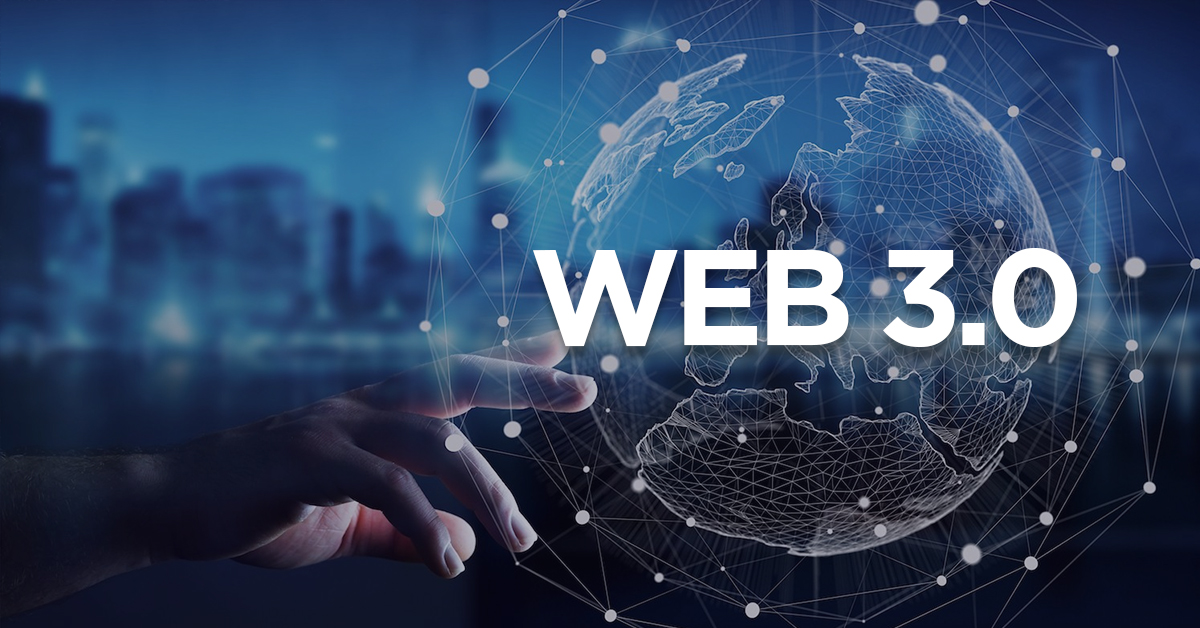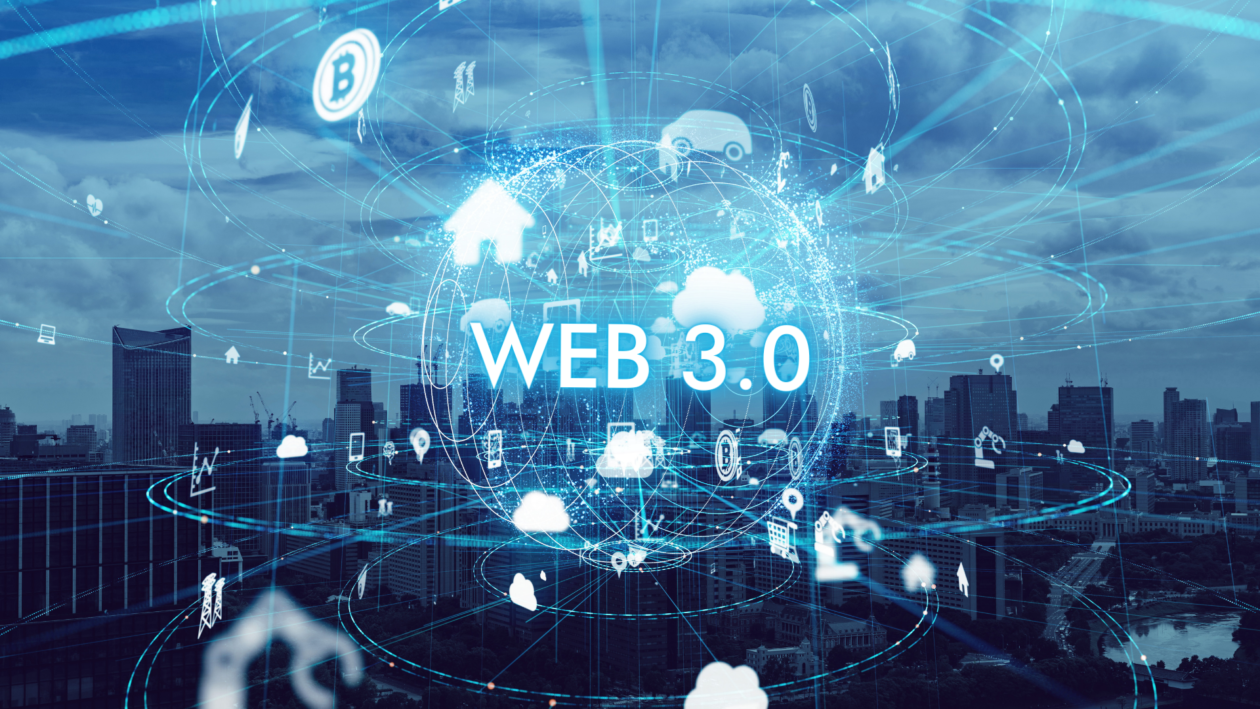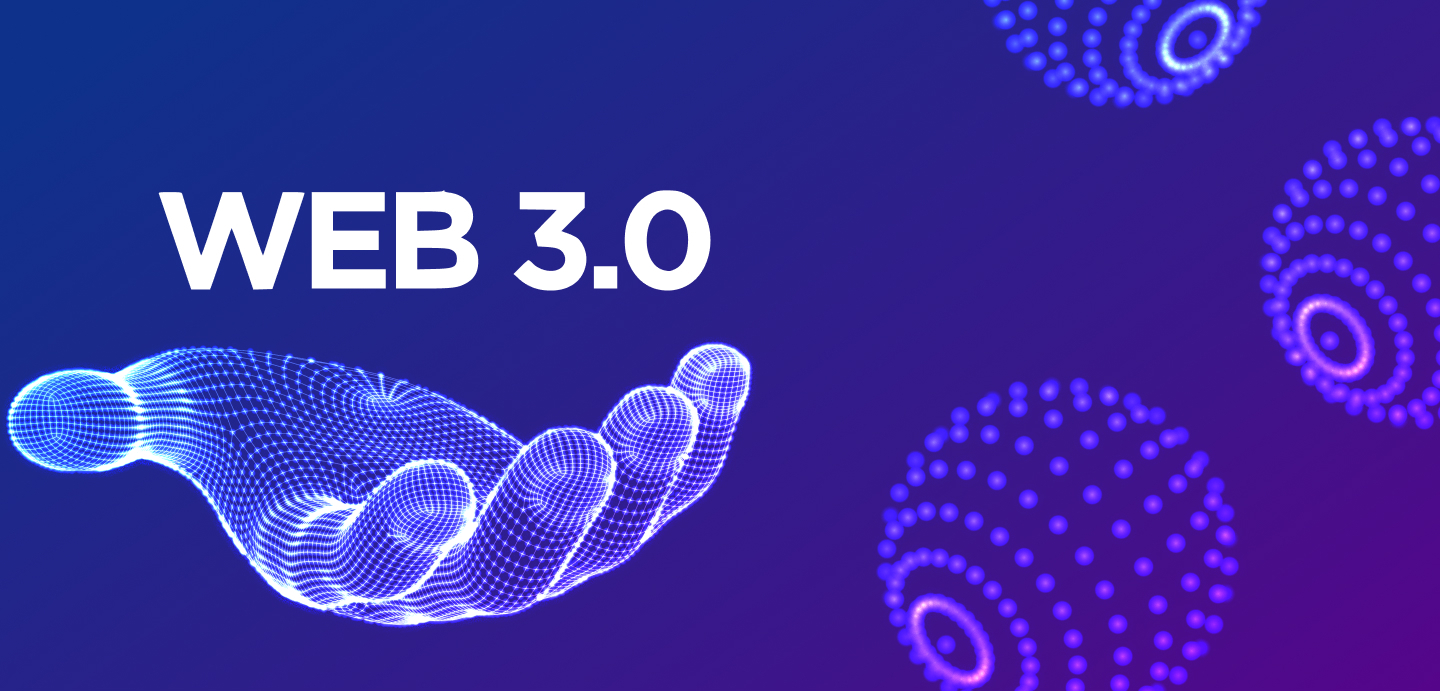What is Web 3.0: The Future of the Internet
The internet has undergone several transformations since its inception in the late 20th century. From the static websites of Web 1.0 to the interactive and user-generated content of Web 2.0, the internet has evolved significantly. And now, with the emergence of new technologies and advancements, we are on the cusp of a new era of the internet – Web 3.0.
Web 3.0, also known as the Semantic Web or the Intelligent Web, is the next generation of the World Wide Web that promises to revolutionize the way we interact with technology. It combines artificial intelligence, machine learning, big data, and other cutting-edge technologies to create an intelligent and personalized online experience.
In this article, we will delve deeper into the concept of Web 3.0, its characteristics, and how it differs from its predecessors. We will also look at the potential applications and benefits of this technology and its impact on various industries. So, let’s buckle up and explore the fascinating world of Web 3.0.
Evolution of the Internet: From Web 1.0 to Web 3.0
The internet has come a long way since its inception in the late 20th century. In the early days, the internet was primarily used to share information in the form of static websites. This era, known as Web 1.0, was characterized by limited user interaction and one-way communication.
Then came the advent of Web 2.0, which brought about a significant shift in the way we use the internet. Web 2.0 introduced social networking, user-generated content, and interactive web applications, making the internet a more dynamic and collaborative platform. This phase of the internet saw the rise of popular websites like Facebook, YouTube, and Wikipedia.
But now, with the emergence of new technologies such as artificial intelligence, machine learning, big data, and blockchain, we are witnessing the dawn of a new era – Web 3.0. This advanced stage of the internet is set to revolutionize the way we interact with technology, making it more intelligent, personalized, and efficient.

The rise of technologies like artificial intelligence, machine learning, big data, and blockchain marks the beginning of a new era known as Web 3.0
Defining Web 1.0 and its limitations
Web 1.0, also known as the “Read-only Web,” refers to the early days of the internet when most websites were basic and static. It was primarily a one-way street, where users could only consume information but had limited or no means of interaction with the content.
During this time, websites were mainly text-based, and images or multimedia were scarce. The focus was on providing information and not engaging the user. This lack of interactivity limited the potential of the internet, making it more of a tool for information dissemination rather than collaboration.
Emergence of Web 2.0 and its impact
The advent of Web 2.0 marked a significant shift in the way we use the internet. With the rise of social media platforms, blogging, and other interactive web applications, the internet became a dynamic and user-driven platform. Web 2.0 enabled users to contribute and share their own content, connect with others, and engage in meaningful conversations.
This phase of the internet saw the emergence of popular websites like Facebook, Twitter, YouTube, and Wikipedia, which rely heavily on user-generated content. These platforms have revolutionized the way we communicate, collaborate, and gather information, making the internet an integral part of our daily lives.
Introduction to Web 3.0 and its potential
Web 3.0, also known as the “Intelligent Web” or the “Semantic Web,” is the next generation of the World Wide Web that takes interactivity and user engagement to a whole new level. It is characterized by a seamless integration of technologies such as artificial intelligence, machine learning, big data, and blockchain, creating an intelligent and highly personalized online experience.
Web 3.0 aims to make the internet more useful and efficient by enabling machines to understand and process information like humans. It uses metadata, ontologies, and other frameworks to organize and connect data, making it easier for machines to interpret and use the information. This technology has the potential to transform the internet into a vast knowledge base, accessible to both humans and machines.
Characteristics of Web 3.0
Web 3.0 is much more than just the next version of the internet; it represents a fundamental shift in how we interact with technology. The following are some of its key characteristics that set it apart from its predecessors:

Web 3.0 signifies more than just the next iteration of the internet; it denotes a fundamental change in our relationship with technology
Semantic web
The term “semantic” refers to the meaning of words and how they relate to each other. The Semantic Web is essentially a concept that allows machines to understand and process data in a more meaningful way. It uses metadata, ontologies, and other frameworks to organize and connect data, making it more accessible and useful.
For example, if a website has information about restaurants, the semantic web can help machines interpret the data by identifying keywords such as “cuisine,” “location,” and “price range.” This makes it easier for users to search for specific information and for machines to provide relevant results.
Artificial Intelligence
Artificial intelligence (AI) is the branch of computer science that deals with creating intelligent machines that can perform tasks traditionally done by humans. In the context of Web 3.0, AI plays a crucial role in processing and analyzing vast amounts of data to provide personalized and relevant results.
With AI, machines can learn from user behavior and patterns and use this information to make intelligent decisions. For example, AI-powered chatbots can interact with users in natural language, providing them with personalized recommendations, and assisting them in their queries.
Machine Learning
Machine learning is a subset of AI that involves training algorithms to learn from data and improve their performance over time. In Web 3.0, machine learning algorithms play a crucial role in providing personalized services and predicting user behavior.
For instance, streaming services like Netflix and Spotify use machine learning to analyze user preferences and suggest content based on their viewing or listening history. This technology also helps e-commerce platforms to recommend products to customers based on their browsing and purchase history.
Big Data & Blockchain
Web 3.0 relies heavily on big data, which refers to the vast amounts of structured and unstructured data generated by users and devices. With the help of big data analytics, companies can gain valuable insights into customer behavior, market trends, and other useful information.
Blockchain, on the other hand, is a decentralized digital ledger that records transactions securely and transparently. It is a critical component of Web 3.0 as it provides a secure and trustless environment for conducting business and exchanging data.
How Web 3.0 Differs from Web 2.0
Web 3.0 represents a significant shift from Web 2.0 in terms of user interaction, data management, and personalization. Let’s take a closer look at how these two versions of the internet differ:

Web 3.0 marks a substantial departure from Web 2.0 in terms of how users interact, manage data, and personalize their online experiences
User Interaction
One of the key differences between Web 2.0 and Web 3.0 is the level of user interaction. In Web 2.0, users can actively engage with content by commenting, liking, and sharing it with others. However, in Web 3.0, the level of interaction goes beyond just consuming and sharing content.
With the help of AI and machine learning, Web 3.0 creates personalized and interactive experiences based on user behavior and preferences. For example, virtual assistants like Siri and Alexa use natural language processing to interact with users and provide them with relevant information or assistance.
Data Management
Data management is another area where Web 3.0 differs significantly from its predecessor. In Web 2.0, data is primarily stored and managed on centralized servers, making it vulnerable to security breaches and data loss. On the other hand, Web 3.0 uses blockchain technology to decentralize data storage and management, making it more secure and transparent.
With a decentralized system, users have more control over their data, and they can choose how and when to share it. This not only enhances privacy but also reduces the risk of data manipulation and fraud.
Personalization
While Web 2.0 brought about a more personalized online experience than Web 1.0, Web 3.0 takes personalization to a whole new level. With the use of AI and machine learning, Web 3.0 creates highly personalized and tailored experiences for each user.
For example, in e-commerce, Web 3.0 can provide customers with personalized product recommendations based on their browsing and purchase history, location, and other factors. This not only improves the user experience but also increases the likelihood of making a sale.
Applications of Web 3.0
Web 3.0 has the potential to impact various industries and revolutionize the way we do business, learn, and interact with technology. Let’s take a look at some of the applications of this advanced stage of the internet:
E-commerce
Web 3.0 is set to transform the e-commerce industry by providing a more personalized and seamless shopping experience. With the help of AI and machine learning, e-commerce platforms can understand customer behavior and preferences and offer them personalized product recommendations.
Moreover, blockchain technology can help improve supply chain management, reduce fraud, and enhance security in online transactions. This will make online shopping more convenient and secure for customers and businesses alike.
Education
The education sector is another area where Web 3.0 can make a significant impact. With the use of AI and machine learning, educational platforms can create personalized learning experiences that cater to the individual needs and interests of each student.
Additionally, blockchain technology can help verify credentials and certifications, making it easier for employers to validate the qualifications of potential candidates. This will not only improve the quality of education but also facilitate lifelong learning and upskilling.
Healthcare
In the healthcare industry, Web 3.0 can enhance efficiency and patient care by providing a more connected and personalized experience. For instance, with the help of wearable devices and health-tracking apps, patients can monitor their health in real-time and share this data with their doctors.
Moreover, the use of AI and big data analytics can help physicians make more accurate diagnoses and provide personalized treatment plans. This has the potential to improve health outcomes and reduce healthcare costs significantly.
Finance
Web 3.0 also holds immense potential for the finance industry. With the use of blockchain technology, financial transactions can be made faster, more secure, and more transparent. This will not only benefit traditional banking systems but also disrupt the financial sector by enabling peer-to-peer transactions without the need for intermediaries.
Moreover, the use of AI and machine learning can help financial institutions improve risk management and create personalized investment strategies for their clients. This will open up new opportunities for growth and innovation in the financial world.
Entertainment
The entertainment industry is another area where Web 3.0 can make a significant impact. With the help of advanced technologies like virtual and augmented reality, the entertainment experience can become more immersive and interactive.
Moreover, the use of AI and big data can help create personalized recommendations for movies, TV shows, and music based on user preferences. This will not only enhance the user experience but also drive revenue for the industry.
Advantages of Web 3.0
Web 3.0 offers several benefits that can transform the way we interact with technology and conduct business. Some of these advantages include:
Improved user experience
With the use of AI and machine learning, Web 3.0 creates personalized and seamless experiences for users. This not only enhances the user experience but also increases engagement and satisfaction.
Enhanced security and privacy
Web 3.0 uses cutting-edge technologies like blockchain to decentralize data management, making it more secure and transparent. This ensures better privacy for users and reduces the risk of data manipulation and fraud.
Greater efficiency and productivity
The use of advanced technologies in Web 3.0 enables machines to process and analyze vast amounts of data quickly and accurately. This leads to improved efficiency and productivity in various industries, saving time and resources.
Personalized services
Web 3.0 aims to provide personalized experiences for each user by understanding their behavior, preferences, and needs. This not only makes the online experience more enjoyable but also increases the likelihood of business success.
Impact of Web 3.0 on Industries
The advancements in technology and the emergence of Web 3.0 are set to disrupt traditional business models and open up new opportunities for growth and innovation. Let’s take a look at how this advanced stage of the internet will impact different industries:
Disrupting traditional business models
Web 3.0 has the potential to disrupt traditional business models by enabling peer-to-peer interactions and bypassing intermediaries. For example, blockchain technology can facilitate direct transactions between buyers and sellers without the need for banks or other financial institutions.
Moreover, the use of AI and machine learning can automate several tasks and processes, reducing the need for human intervention. This will lead to a fundamental shift in the way businesses operate, making them more efficient and cost-effective.
Opportunities for growth and innovation
With the emergence of Web 3.0, we can expect to see an increase in innovative products and services that leverage advanced technologies to enhance the user experience. This will create new opportunities for businesses to grow and expand their offerings, leading to economic growth and job creation.
Shift towards a more connected world
Web 3.0 will pave the way for a more connected and integrated world where machines and devices can communicate with each other seamlessly. This will make our lives more convenient and efficient, leading to a significant shift in how we interact with technology.
Conclusion
Web 3.0 represents the next phase of the internet, promising to revolutionize the way we interact with technology. With the integration of advanced technologies like AI, machine learning, big data, and blockchain, Web 3.0 creates a more intelligent, personalized, and efficient online experience.
This advanced stage of the internet has the potential to impact various industries and disrupt traditional business models. It offers several benefits such as improved user experience, enhanced security and privacy, greater efficiency and productivity, and personalized services.
As we move towards a more connected world, it is essential for businesses to stay updated with the latest advancements in technology and embrace the opportunities presented by Web 3.0. The future looks bright for the internet, and we can’t wait to see what Web 3.0 has in store for us.










Post Comment